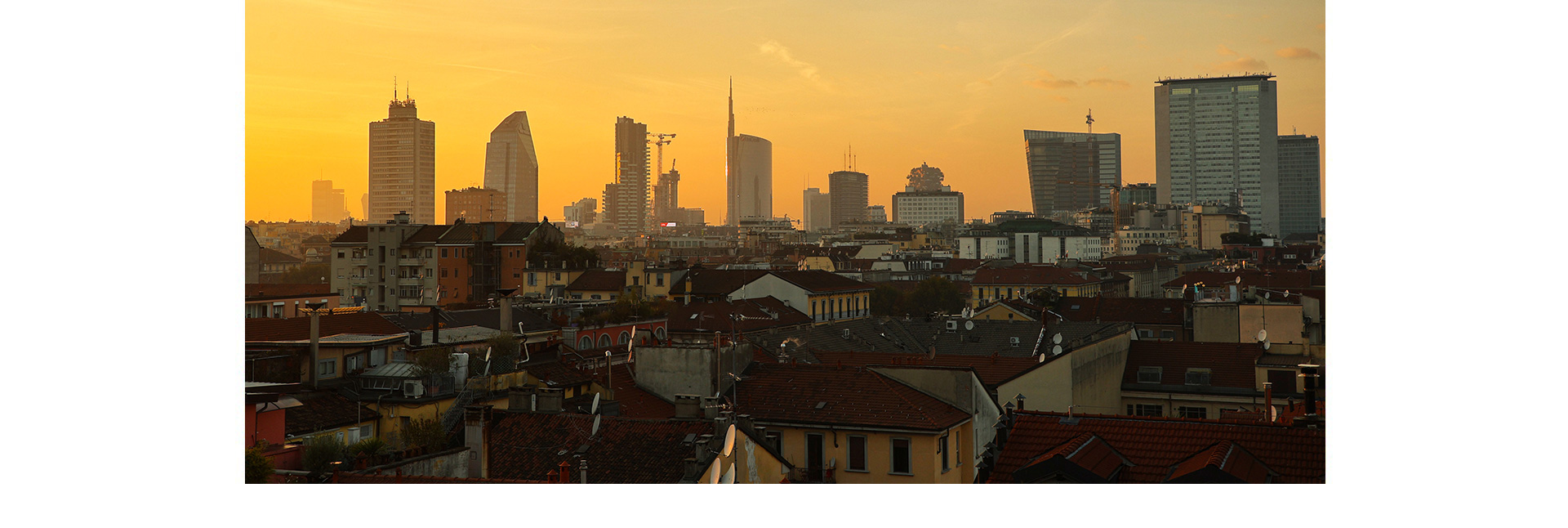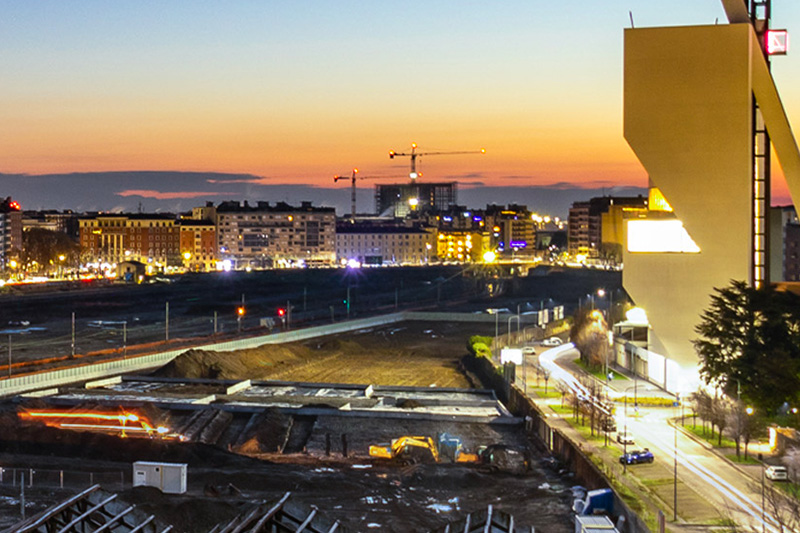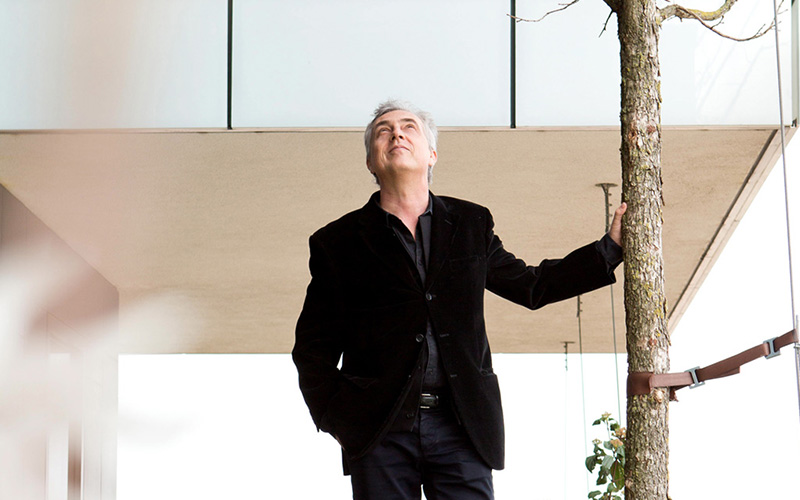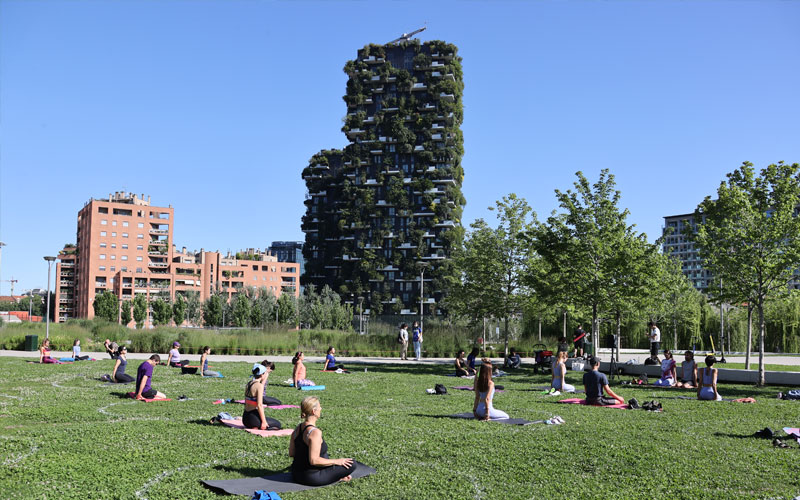“The last two years have profoundly changed our lives. This was a radical shift for city dwellers, and unsuspected and surprising vulnerabilities became evident. The urban life model was questioned, showing that another life was possible and necessary.” “Faced with these difficulties and forced to make different choices compared to the past, cities struggled to innovate.”
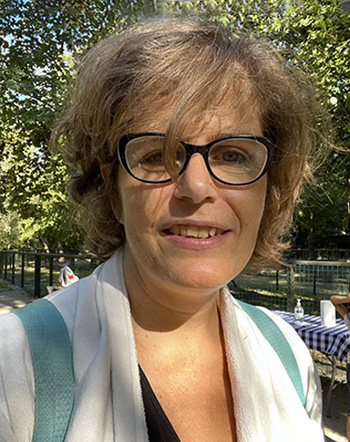
Professor of Urban Planning and Policy at Politecnico
di Milano
Politecnico di Milano’s Urban Planning and Policies Professor Valeria Fedeli said the pandemic created one of the most evident and radical transformations of Italian and European cities: “City vulnerability has been part of the debate on the urban agglomeration role in contemporary societies. The last two years radically accelerated several phenomena that were already underway. This raised a fundamental question: “what role do cities play?” The professor did not doubt that broadly framing this debate involved many disciplines and social investigations: “This is a serious question - is the city still a system through which people can solve their problems or did it lose its centrality, and its weaknesses become more complex because of the situation?”
Read also: The city of tomorrow? Safe and borderless
In the first half of 2020, during the pandemic’s most acute phase, we saw cities emptying, and citizens moving to smaller, less structured municipalities. This was possible owing to the spread of tools and mechanisms for remote relations and work. “The scenario changed, but public demands did not, regardless of where they lived.” continues Fedeli. “This created two issues. Cities saw traditional features disappearing, while other areas did not have sufficient answers, resources and tools under this unexpected pressure. However, they could become the focus of new urban demands. This applies to demographic and business dynamics.”
We are not describing a new phenomenon. Many functions have moved out of the city over the last few years due to the greater ease of movement and connection to other places. “There has always been a good balance. Few cities lost significance by becoming dormitories or transit places. I don’t think we will go in this direction in the next few years, but we must investigate the factors contributing to these vulnerabilities, such as inhabitants who do not find the expected resources and the institutions that cannot provide them.” The most exposed are those on which institutions focus the least. “I am referring to women’s working conditions, employment difficulties for young people and migrant social integration.
Innovation is the only answer to these latent questions. This must involve structure, process, and management. “Many European cities started this process. A crucial issue is the ability of city institutions to help people and places in becoming less vulnerable or exposed to uncertainty and transitions.”

The pandemic has changed the configuration
of our cities and the functions of shared spaces
In this country, according to Valeria Fedeli, the first step towards finding solutions to these vulnerabilities must be structural: “We start from the consideration that Italy has a significant structural deficit, including quantitative i.e., lack of roads, unstable bridges, and a patchy digital network. There is a past that weighs on our present, which is the result of this lack. Today’s issue is no longer what infrastructure an area needs, but conceiving a building method that creates wide-ranging projects. Such projects must work properly, be environmentally respectful and be a resource for these areas.”
Infrastructure is not just connecting two points but creating wealth for the areas in between. “We need smart infrastructure projects and framework policies that foster this process, ensuring that infrastructure is a system, project, and vision for the involved areas.”
Cities sit at the boundaries of these infrastructures which connect them like a network throughout a complex country. “These cities have an extended and outdated real estate heritage and urban structures, which contribute to these vulnerabilities. Urban regeneration must not become a mere slogan but a long-term project. More than urban regeneration, I like to use the English term regenerating urbanity, at the center of the EURA Conference in 2022, which underlines the procedural nature of this activity and not just the final outcome. The most innovative cities are working to create not only spaces, but conditions for urbanity and therefore they conceive regeneration as a process and not just as a project that fixes a space waiting for something to happen inside”.
The professor cited BAM - la Biblioteca degli Alberi di Milano – as a new urban space case study. BAM has cultural events enlivening it and is a quality project capable of producing environments of sociality and relationships.
Read also: Urban parks: a balance between inclusion, development, and well-being
Milan was the forerunner of Italian urban planning: Fedeli said: “In my opinion, there are two things that the Lombardy capital should ‘export.’ Some major urban transformation and regeneration projects questioned things taken for granted. We stopped considering projects as soulless numbers, which provided services and parks. Some major operators and the municipality dared to challenge these standards, envisioning a project capable of disrupting established rules.”
“It is important to notice that some of Milan’s significant transformations took place outside the city, such as at the Expo and Ex Falck areas. These areas were neglected for decades because they were considered periphery. Following the example of the big European cities, we have learnt to understand that areas outside the Milan boundaries have the same capacity to generate quality, as the city centre. I deliberately mention ongoing operations to emphasise the importance of long-term planning and transfer the perception of quality of life and innovation, overcoming the opposition between the centre and periphery.”
Read also: Connected and inclusive: the features of future cities
It would be interesting to see in a decade if these processes outside the Milan boundaries will allow the city to find new parts of itself which can be used to build quality, sustainability and vision. Valeria Fedeli concluded: “Milan is an outlier in Italy and one of the few places that can afford operations of this kind, standing as an example for other Italian cities.”

